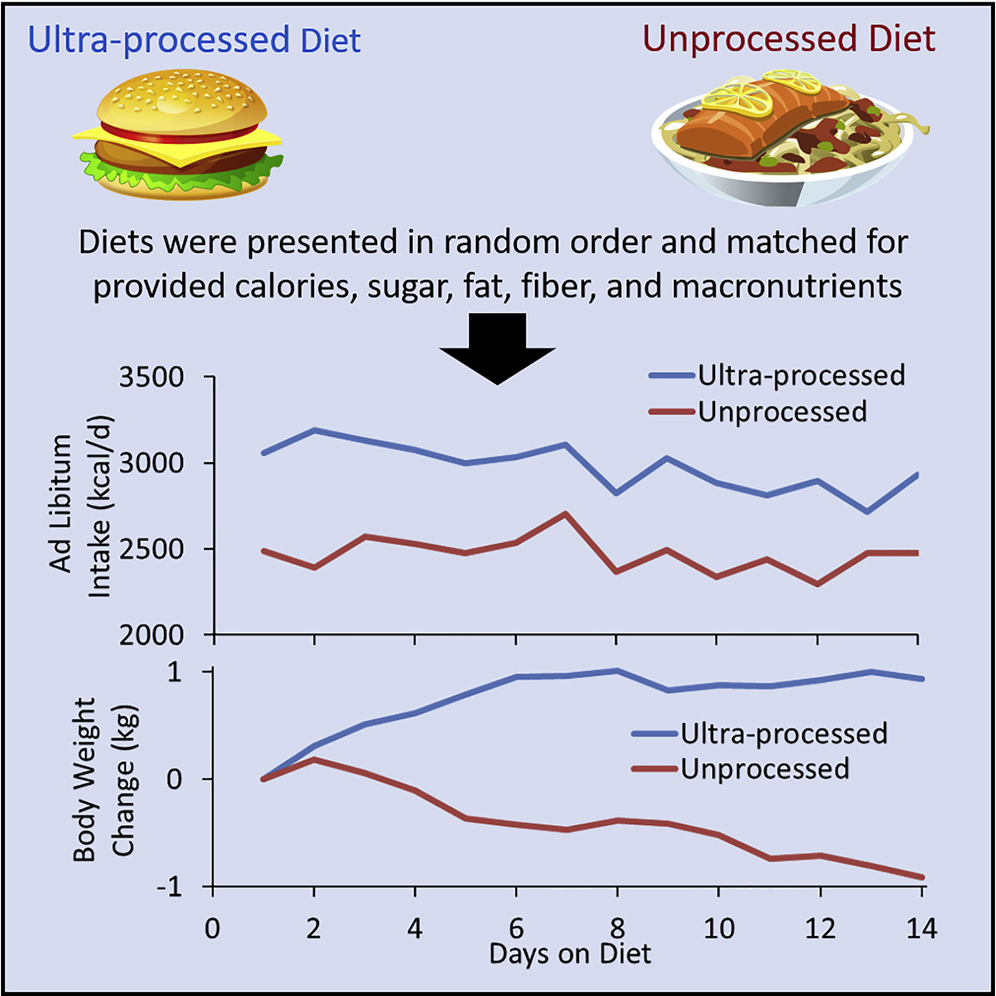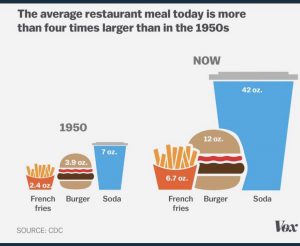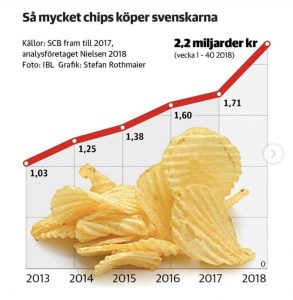
En vanlig dag…
På burgarställets drive-thru: smaken av varm nygrillad burgare, lite sötma från dressingen och brödet, salta fries, bubblande colasmak från läsken -precis vad jag behövde nu! (Det är såhär en bliss point smakar, se nedan!)
Samtidigt, på ett av våra infomöten: ”fetman är såklart mitt eget fel, det är ingen som tvingat mig att äta mig såhär stor…”
Samtidigt, i ett kommentarsfält i sociala medier: ”de som är feta har sig själva att skylla, det är ingen som har tvingat dem att stoppa allt skräp i munnen…”
Samtidigt, i ett styrelserum: ”…vi ser utmärkt tillväxt på alla marknader, i synnerhet den nordiska har utvecklats gynnsamt sedan vi…”
Hänger allt detta ihop? Och om ja, i så fall hur? Det ska vi tala om idag.
Bliss Point
Vi börjar med vår måltid längst upp. Nu var det ett Burger Meal av något slag, men kunde lika gärna ha varit en mikrougnslunch, sötad drickyoghurt eller ett ”Fredagsmys”: här behöver vi lära oss om termen ”Bliss Point”. Nedanstående citat är från Svenska Dagbladets artikelserie om övervikt härom veckan:
”Bliss point är en term som beskriver den andel av socker men även fett, salt och andra smaker, som är maximalt lockande för vårt belöningssystem. Om punkten överskrids känner vi avsmak och äcklas eftersom det blir för sött eller för salt. Men hela vägen upp till ”äckelpunkten” blir produkten gradvis alltmer lockande. Termen har använts inom livsmedelsindustrin sedan 1970-talet då den utforskades i detalj.
En viktig upptäckt var när socker, fett och salt kombineras så höjs respektive äckelpunkt och produkten blir superbelönande. För barn ligger äckelpunkten på drygt 25 procent socker, för några ändå upp till 36 procent. Det är drygt dubbelt så högt som för vuxna, och förklarar varför produkter riktade till barn ofta görs mer söta.
Olika produkter kan dessutom förskjuta äckelpunkten uppåt åt varandra, och på så vis driva upp konsumtionen, exempelvis sockrad läsk och salta snacks.”
Bliss Point: den perfekta kombinationen sött, salt, fett
Det är alltså ingen slump att ett Burger Meal ser ut som det gör -det är den perfekta, superbelönande, kombinationen sött, salt och fett som frisätter mesta möjliga belönande neurotransmittorer (endorfiner, dopamin) i våra hjärnor. Väl där har de olika företagen successivt ökat portionsstorlekarna och därmed vinsterna -jämför en burgarmåltid 1950 mot idag på ena bilden, eller hur bl.a. vårt ”Fredagsmys” ökat svenska chipsförsäljningen på andra bilden:


Och därmed hänger ju även ”ingen som tvingat mig”-resonemanget med, inte sant? Den här maten är vetenskapligt expertdesignad att producera så mycket belöningshormoner det bara går i våra hjärnor varje gång vi äter(!).
Studie: Högprocessad mat -vikt upp
I våras publicerades en mycket välgjord studie om just detta, av Kevin D. Hall i Cell Metabolism (”Ultra-Processed Diets Cause Excess Calorie Intake and Weight Gain…”). Man lät 20 vuxna deltagare, viktstabila med BMI kring 27, bo på kliniken i två veckor. De lottades till att antingen leva på högprocessad mat eller oprocessad mat. De fick äta hur mycket eller lite de ville. Resultatet? De som levde på högprocessad mat åt i snitt 508 kcal mer per dag än de andra, via ökat fett och kolhydrater, men inte protein. Efter studieperioden hade de som ätit högprocessad mat gått upp i snitt 0,9 kg, de med oprocessad istället gått ner i snitt 0,9 kg! Se även diagrammet i titelbilden till bloggen här ovan.
Studien har, med all rätt, redan fått mycket stor uppmärksamhet. Och observera att detta var viktstabila studiepersoner som inte hade fetma, ändå blir det så tydligt på bara två veckor.
Så ni ser -allt hänger ihop! Och inte är övervikt/fetma individens ”fel”, vårt matsamhälle är idag som ett snillrikt riggat minfält med ”bliss points” överallt. (Och hittills gör staten ingenting åt detta i princip, men mer om deras ansvar i nästa bloggavsnitt).
Big business
Så till styrelserummet från inledningen: vilka är dessa bolag?
Jo, det är Nestle (bl.a. Mövenpick och Dreyer’s glass, PowerBar, NesQuick, KitKat, Smarties), Pepsico (bl.a. Tropicana, Mtn Dew, Gatorade, 7Up, Pepsi, Pizza Hut, KFC, Taco Bell), Unilever (bl.a. GB Glacekoncernen, Ben&Jerry, Knorr, Becel), Coca Cola (Fanta, Sprite, Monster, VitaminWater m.m.) -lägg så till koncernerna Mars, Kellogg’s, Kraft, McDonald’s, Restaurant Brands Int (med bl.a. Burger King och Tim Horton’s), Orkla Foods (OLW m.m.) och ett par till så har du majoriteten av alla processade livsmedel i din egen butik hemmavid.
Detta är big business –inget lämnas åt slumpen. Inklusive våra smaklökar och belöningssystem.
En rejäl cynism återfinns i dessa stora bolags sortiment: samma bolag som haft full koll på ”bliss points” sedan 70-talet, och bevisligen aktivt bidrar till vår pågående fetmaepidemi, är engagerade i -just det! -bantningsindustrin: googlar snabbt fram en marknadsrapport om ”global Weight Loss and Obesity Management market” och finner listade där -Coca Cola Co., Nestle, Pepsico, Unilever, Kellogg’s…
Så samma bolag som skapar våra högprocessade, bliss point-optimerade livsmedel ser alltså till att sedan även erbjuda bantningsmetoder och tjäna pengar på oss en gång till så att säga.
Vi kan bara ana hur perfekt upplagt dessa bolag upplever att det är, när vi konsumenter som drabbas hälsomässigt sedan skyller enbart på oss själva -eller varandra..!
Nästa avsnitt ska handla om samhället, staten och politiken. Vad borde de kunna göra för att hjälpa oss ur detta? Vad har andra länder redan gjort och lyckats med? Följ oss!


Senaste kommentarerna